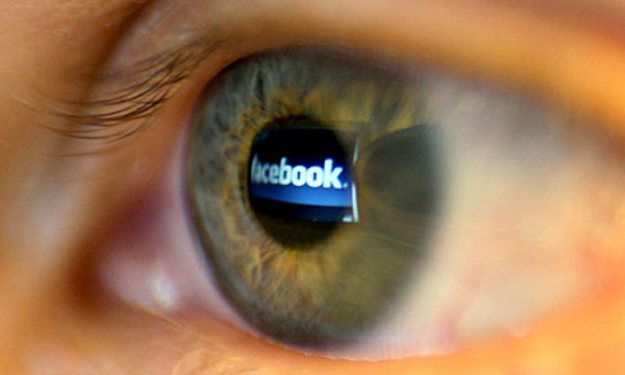
Facebook users, beware: There is a nasty virus quickly spreading across the social network that floods accounts with gruesome images of beastiality, hardcore pornography, self-mutilation and a variety of other very-NSFW pictures, reports Emil Protalinski at ZDnet. Facebook has confirmed the presence of the virus, and says it is currently investigating the matter.
“Facebook is aware of these reports and we are investigating the issue,” said a Facebook spokesperson in a statement.
According to The Christian Post, which first reported the virus, the nasty cyber attack maybe be the work of Anonymous, whose members have previously vowed to launch an attack on the social network as retribution for “selling information to government agencies and giving clandestine access to information security firms so that they can spy on people from all around the world.” The involvement of Anonymous is so far unconfirmed. (Update: It is now doubtful that Anonymous had any involvement in this attack, based on expert security analysis. See further update below.)
While we have not yet been exposed to the spam virus ourselves, others say the problem is rampant. Actress Courtney Zito tells The Christian Post, “I have 5000 friends. My feed is littered with porn. I can’t even check my news feed with anyone around because of it.”
Other users have taken to Twitter to report their exposure to the virus, which appears to spam users’ friends with the violent and pornographic images after they click on a malicious link.
“What is all the crap on Facebook now?” writes Twitter users @_Ms_Ash. “I can’t even go on there without seeing porn or gory violence. Its disgusting.”
“Yep looks to me like facebook has been hacked on some level,” writes Twitter user @SMASHGORDON_FTW. “MY entire news feed is filled with violence and porn.”
This story is still developing, and we are looking into it further. If you’ve been hit with the virus, please contact your reporter at @andrewcouts on Twitter.
Update: Here are instructions for what to do if your account is hacked by this virus. (You must be logged in to Facebook to view this link.)
Update 2: We reached out to George Petre, head of social media research for Internet security company Bitdefender, which makes the social media security app Safego, and he says that there is good reason to doubt that Anonymous’ so-called “Fawkes virus” was behind this wave of disturbing attacks:
Over the past two weeks we’ve seen an increasing number of threats, based on the statistics provided by our social media security app Safego. Most of these threats contained porn images or shocking images.
Since this outbreak followed a relatively quiet period for Facebook threats, and considering the Anonymous video, we wondered if these are related to the Fawkes virus. However, we decided not for a number of reasons:
1. It looks like other Facebook outbreaks
2. It’s coming before Black Friday, and in the past we’ve seen this kind of threat correlate with important shopping events
3. Some of the URLs used to spread this kind of worm contained a domain name related to the idea of shopping (laptop-rental-store.info)
These are ordinary scams and we believe Anonymous would use something more sophisticated. We expect the Fawkes virus to be something related to malware, and to have complex mechanisms. The closest threat to the Anonymous video description is the one that we covered on Saturday. Of course, every Facebook scam in the following period may be related to that Anonymous video, but we’ve seen outbreaks like this in the past, and we are confident that this kind of threat will continue to exist on Facebook.
Update 3: Facebook tells the Wall Street Journal that the problem was caused by a “coordinated spam attack.” The company it has “put in place backend measures to reduce the rate of these attacks and will continue to iterate on our defenses to find new ways to protect people.”


